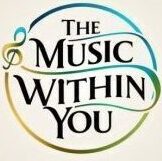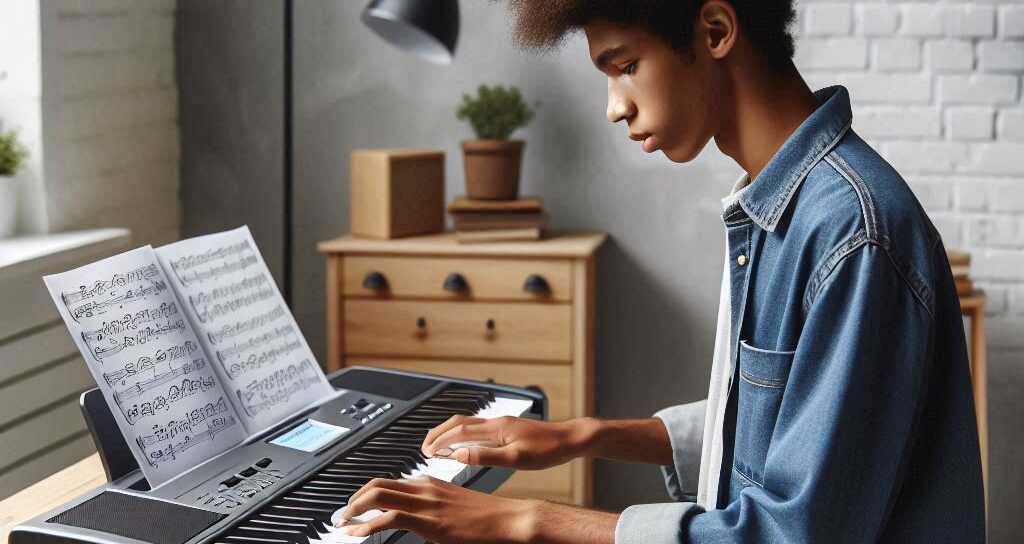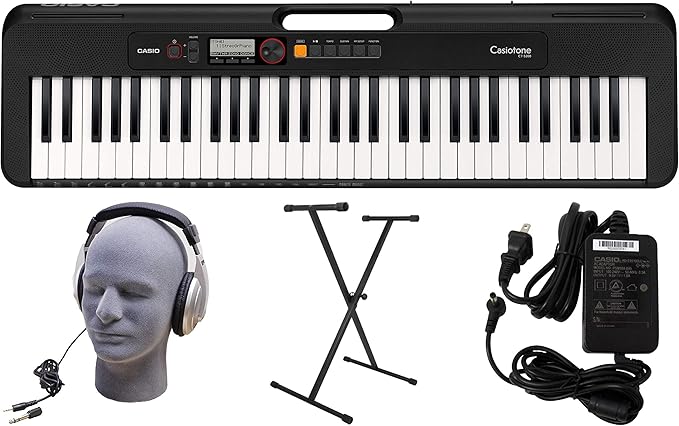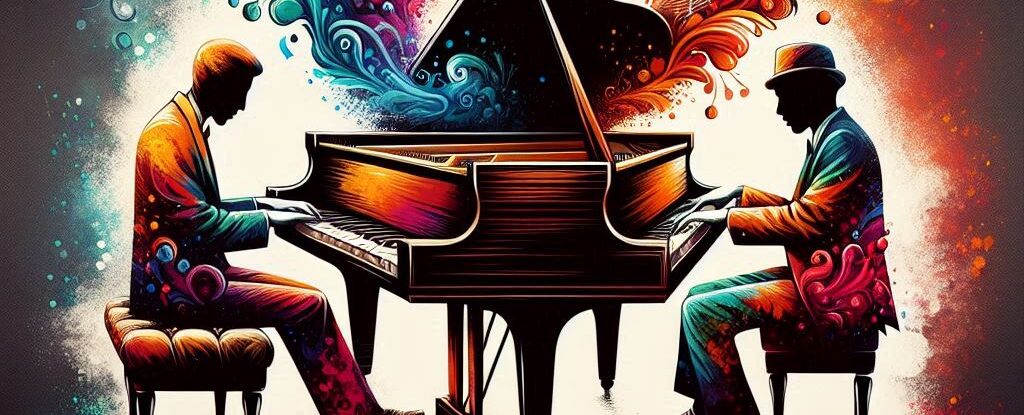Jumping into the world of piano is super exciting, but let’s keep it real—it can be a little pricy if you’re not careful. For beginners, stepping into this musical adventure without breaking the bank is not just smart; it’s kinda the way to go. No need to drop big bucks before making sure this is more than just a fleeting interest.
When it comes to picking up an instrument like the piano, setting the stage with a budget-friendly choice helps ease the way. Think of it like this: diving into hobbies can sometimes be like downloading every app on your phone, only to find out you really only needed three. Start small with a quality yet affordable option, and you’re less likely to feel that dreaded buyer’s remorse down the line.
Let’s be honest—mastering the piano isn’t going to happen overnight. It’s not the kind of skill you pick up instantaneously, and that’s okay. The trick here is to set real expectations, both in terms of skill development and spending. Keep the focus on learning and enjoying the process without the pressure of having invested a lot upfront.
Choosing a starter piano that doesn’t crush your budget allows room for mistakes, learning curves, and, most importantly, fun. It becomes a tool to explore and express yourself without the fear of failing something expensive. Plus, once you or your child confirms that the piano is more than just a passing fancy, then you can think about stepping up to fancier instruments.
The Case for 61 Keys: A Beginner’s Perfect Companion
For those just getting their feet wet in piano, a 61-key keyboard hits the sweet spot. It’s kinda like those sampler-size toiletries—you get just what you need without going overboard. So why 61 keys? Well, you’re definitely not missing out on playing most songs. Almost all beginner tunes fit perfectly within this range, making it a fantastic place to start honing your skills.
When staring at the ocean of black and white keys on an 88-key piano, the whole thing can look intimidating. With 61 keys, you cut through that intimidation factor. It’s way easier to manage and to learn those essential techniques. Essentially, you get a comfortable workspace to practice without feeling like you’re diving into the deep end.
Aside from the learning curve, there’s the issue of space. Full-sized pianos are a bit of a commitment in terms of room. A 61-key keyboard is perfectly sized for most living spaces. You can easily move it from room to room, maybe even take it over to a friend’s house for a jam session, which isn’t something you’d typically do with a full-sized beast of an instrument.
61-key keyboards also bring some serious value in terms of features. Many budget models come packed with cool tech, like built-in lessons and connectivity options for apps and learning programs. Working with a smaller keyboard can unlock lots of fun features without sacrificing the cash you’d spend on something larger.
The Challenges of Piano Mastery
Learning to play the piano is kind of like trying to beat the final boss in a game without unlimited lives—it’s tough but definitely rewarding. Acknowledging that it’s not a cakewalk is part of the journey. Even seasoned musicians will tell you that this instrument takes dedication and a ton of practice.
Patience and persistence are your best buds on this journey. There’s no shortcut to piano mastery. It’s about showing up, hitting those keys day after day, sometimes feeling like you’re not making progress, but trust me, it’s coming together. Practicing regularly helps you get a feel for the keys and rhythm, gradually building that confidence.
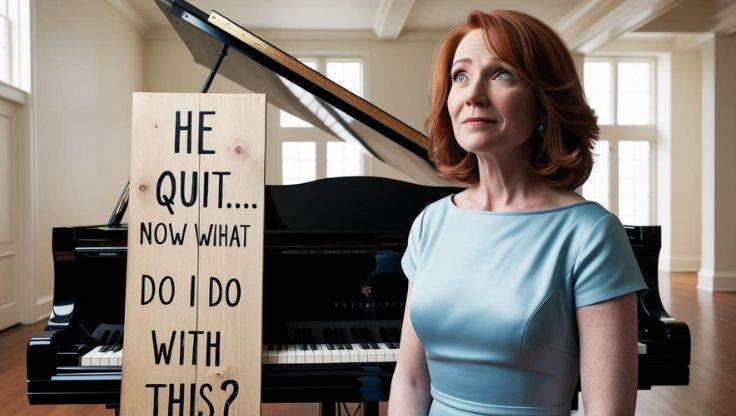
Avoid the rookie mistake of splurging on a high-end piano before knowing if you or your child is truly committed. It’s like buying superhero gear when you’re still figuring out your powers. It’s easy to go overboard when you’re excited, but taking it step-by-step helps you focus on learning and not on worrying about expensive gear.
The real challenge lies in sticking with it, especially when progress feels slow. Remember, feeling stuck doesn’t mean you aren’t learning. Keep pushing through those moments. Breaking down your lessons into smaller, manageable chunks can make learning less daunting. Plus, this strategy keeps the motivation up and makes practice more fun.
Picking the Right Budget Piano: Key Features to Look For
So you’ve decided to go for a budget piano—awesome choice! But now, you’re probably wondering what features you should be looking for. Thankfully, there are some killer options out there that don’t skimp on quality despite the lower price point.
When checking out budget-friendly keyboards, look for one that has touch-sensitive keys. This means the harder you hit them, the louder the sound, just like an acoustic piano. It’s key for learning proper technique and expression right from the start.
You’ll also want to keep an eye on the sound quality. Some budget pianos can surprise you with their rich and realistic tones. Make sure to listen to the demos if buying online or give it a go if you can check it out in-store to hear for yourself.
Features like built-in learning modes, rhythms, and song libraries are super helpful for beginners. They’re like having a mini teacher by your side that you can access anytime. Having connectivity options like USB or Bluetooth is a plus if you plan to use music learning apps or create music digitally.
Look for reliable brands that offer good warranties—brands like Casio and Yamaha are often praised for their durable, beginner-friendly models. Personally, I’ve found that spending a little time researching reviews and specs can go a long way in making the right choice.
Ultimately, picking a piano is about feeling good with your choice. Whether it’s a nifty digital one or a more classic style, make sure it feels right. It’s about setting the stage for an exciting musical journey without rushing into expensive commitments.
As an Amazon Associate I earn from qualifying purchases

